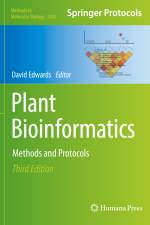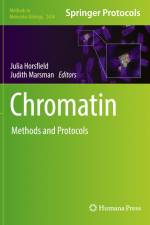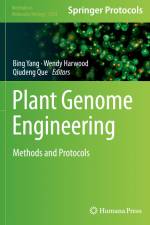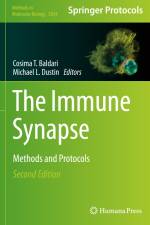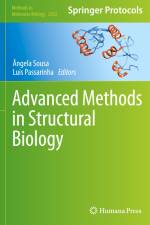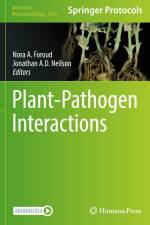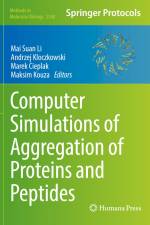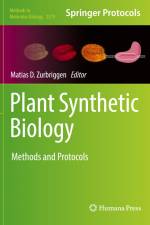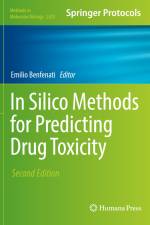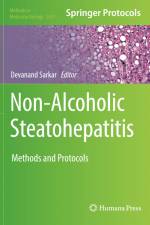av Jianbo Wang & Chenbei Chang
2 129 - 2 869
This volume explores detailed methods to investigate various aspects of biology related to cell polarity, or asymmetry within a cell. Molecular, cellular, and tissue-level regulation and function as well as diseases caused by impairment of cell polarity are explored by these methods. Beginning with advanced imaging and biochemical methods, the book continues with planar cell polarity (PCP) signaling in morphogenesis in diverse developmental contexts, apicobasal (AB) cell polarity in development and diseases, as well as directional cell migration and biomechanics in cell polarity. The collection includes the usage of a wide variety of model systems and an extensive array of techniques, including genetic, imaging, biochemical, and biomechanical. Written for the highly successful Methods in Molecular Biology format, chapters include introductions to their respective topics, lists of the necessary materials and reagents, step-by-step, readily reproducible laboratory protocols, and tips on troubleshooting and avoiding known pitfalls. Authoritative and comprehensive, Cell Polarity Signaling: Methods and Protocols aims to enable researchers to delve into the stimulating field of cell polarity and contribute to our understanding of how coordinated control of protein stability, trafficking, membrane retention, post-translational modification, and dynamic organization leads to active regulation of cell polarity. Chapter 29 is available open access under a Creative Commons Attribution 4.0 International License via link.springer.com.


